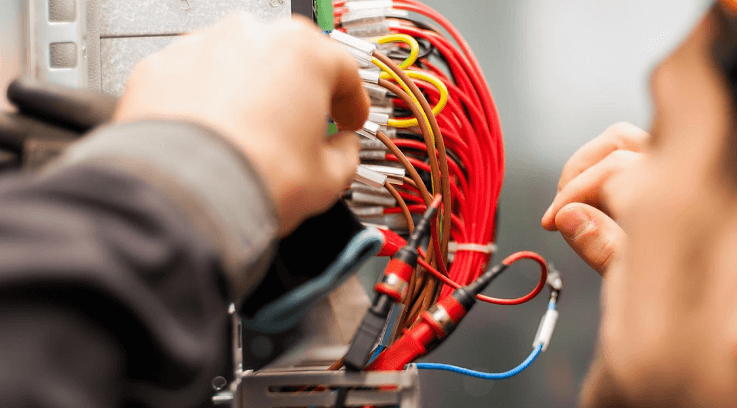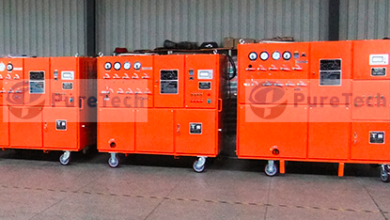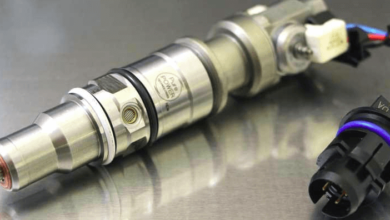The Process and Importance of Electrical System Testing for Landlords

Electrical systems are the backbone of any property, providing essential power for lighting, heating, appliances, and numerous other applications. For landlords, ensuring the safety and reliability of these systems is not just a matter of legal compliance but also of tenant safety and property value maintenance. Understanding the process and importance of electrical system testing, such as EICR Testing, can help landlords protect their investments and uphold their responsibilities.
The Necessity of Electrical System Testing
Ensuring Tenant Safety
The primary reason for electrical system testing is to ensure the safety of tenants. Faulty electrical systems can lead to serious hazards such as electric shocks, fires, and even fatalities. Regular testing helps identify and rectify potential issues before they become dangerous. Ensuring that all electrical installations are safe and functional is a key responsibility of landlords, as it directly impacts the well-being of their tenants.
Legal Compliance
In many regions, landlords are legally required to conduct regular electrical inspections and testing. These regulations are put in place to protect tenants from electrical hazards and to ensure that rental properties meet minimum safety standards. Failure to comply with these regulations can result in hefty fines, legal action, and even the loss of the right to rent out the property. Therefore, understanding and adhering to the legal requirements for electrical system testing is crucial for landlords.
Protecting Property Value
Regular electrical testing is also essential for maintaining and enhancing the value of a property. Electrical faults can cause significant damage to a property, leading to costly repairs and devaluation. By conducting regular inspections and addressing issues promptly, landlords can prevent such damage and ensure that their properties remain in good condition. This proactive approach can also make the property more attractive to potential tenants, as they are likely to prefer a well-maintained and safe living environment.
The Process of Electrical System Testing
Initial Visual Inspection
The first step in the electrical system testing process is a thorough visual inspection. A qualified electrician will examine the visible components of the electrical system, including wiring, switches, sockets, and circuit breakers. They will look for signs of wear and tear, damage, and potential hazards. This initial inspection helps identify obvious issues that need immediate attention and sets the stage for more detailed testing.
Testing Fixed Electrical Installations
After the visual inspection, the next step is to test the fixed electrical installations. This involves checking the integrity and functionality of the electrical circuits and systems that are permanently installed in the property. The electrician will use specialized testing equipment to measure the electrical load, voltage, and resistance in the circuits. They will also check for any signs of overheating, corrosion, or other issues that could compromise the safety and efficiency of the electrical system.
Inspection of Portable Appliances
In addition to testing the fixed installations, landlords are also responsible for ensuring the safety of portable electrical appliances provided as part of the rental property. This process, known as Portable Appliance Testing (PAT), involves checking appliances such as kettles, microwaves, and washing machines for electrical safety. The electrician will test the insulation, earth continuity, and functionality of these appliances to ensure they are safe for use.
Documentation and Certification
Once the testing is complete, the electrician will provide a detailed report documenting the findings. This report will include information on any issues identified, the results of the tests conducted, and recommendations for repairs or further actions. In many cases, the electrician will also issue a certificate of electrical safety, which serves as proof that the property has undergone a thorough electrical inspection and meets the required safety standards. Landlords should keep this documentation on file, as it may be required for legal compliance or in the event of a dispute.
Remedial Work
If the testing identifies any issues with the electrical system, it is essential to carry out remedial work promptly. This may involve repairing or replacing faulty wiring, upgrading circuit breakers, or addressing other issues identified during the inspection. By addressing these problems quickly, landlords can prevent more serious issues from developing and ensure the continued safety and reliability of the electrical system.
The Benefits of Regular Electrical System Testing
Peace of Mind
One of the most significant benefits of regular electrical system testing is the peace of mind it provides. Knowing that the electrical system is safe and in good working order allows landlords to focus on other aspects of property management without the constant worry of potential electrical hazards. This assurance is invaluable, especially for landlords managing multiple properties.
Cost Savings
Regular electrical testing can also result in significant cost savings over time. By identifying and addressing issues early, landlords can avoid the expense of major repairs or replacements caused by neglected electrical problems. Moreover, a well-maintained electrical system is more energy-efficient, reducing utility costs for both landlords and tenants.
Enhanced Tenant Satisfaction
Tenants are more likely to be satisfied with their living conditions if they feel safe and confident in the property’s electrical system. Regular testing and prompt repairs demonstrate a landlord’s commitment to tenant safety and property maintenance. This proactive approach can lead to higher tenant retention rates and more positive reviews, making it easier to attract new tenants when vacancies arise.
Conclusion
Electrical system testing is a critical aspect of property management for landlords. It ensures tenant safety, legal compliance, and the protection of property value. By understanding the process and importance of electrical testing, landlords can take proactive steps to maintain their properties and fulfill their responsibilities. Regular visual inspections, testing of fixed installations and portable appliances, proper documentation, and timely remedial work are all essential components of an effective electrical maintenance strategy. Ultimately, investing in regular electrical system testing, facilitated by experts like London Property Inspections, provides peace of mind, cost savings, and enhanced tenant satisfaction, making it a worthwhile endeavor for any landlord, If you want to stay updated with posts like this, please follow us on WorldwidescienceStories.





